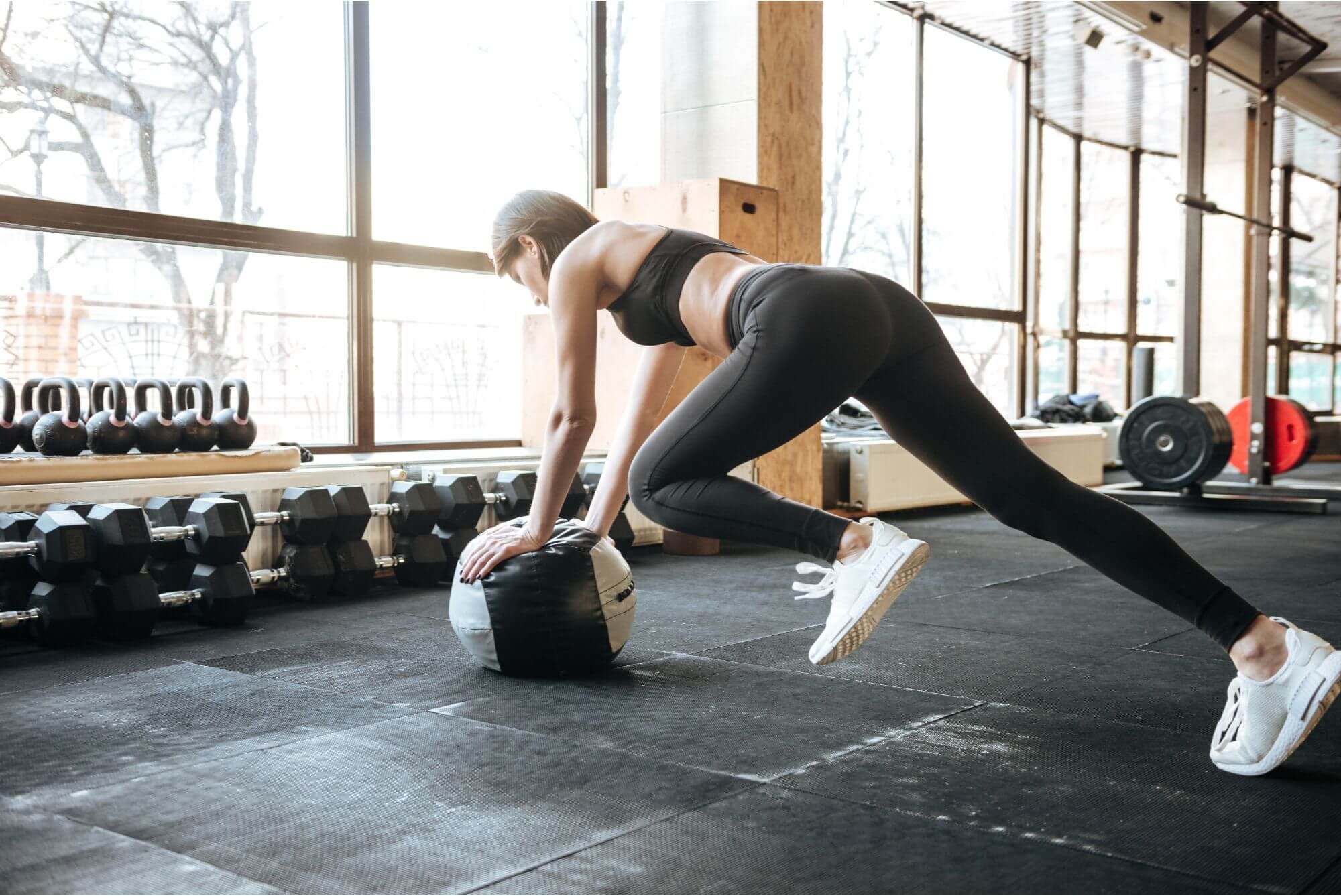
What types of Exercise are there?
and what are the differences?
If you’re looking to introduce more exercise into your routine, you might be a bit confused by all the different exercises out there. Which ones should you be doing? We’ve created this guide to help you make sense of it all!
What types of exercise are there?
There are four main types of exercise that you need to know about:
- Aerobic exercise – a workout that speeds up your heart rate and breathing
- Strength exercises – building muscle mass
- Stretching – maintaining flexibility
- Balance exercises – improving your, well… balance!
Aerobic exercise
Aerobic exercise has a lot of all-round health benefits, and everyone should aim for 150 minutes of moderate intensity or 75 minutes of high intensity aerobic exercise every week.
Some of the benefits of aerobic exercise include:
- Improved heart health and reduced risk of heart disease
- Lower blood pressure and reduced risk of heart attack or stroke
- Weight management
- Reduced blood sugar levels and reduced risk of type 2 diabetes
- Improved brain function and reduced risk of dementia
- Improved mood and reduction of depression and anxiety
You can get aerobic exercise from walking, running, cycling, swimming, dancing or specific aerobics classes.
Strength exercises
Strength training isn’t just for body builders – as we age, we all lose muscle mass, so it’s important to build it back up. Muscle strength is vital for a number of everyday tasks, like carrying shopping, picking up heavy objects, and even standing up from a chair or walking up stairs.
Strength training helps to:
- Stimulate bone growth, reducing your risk of fractures or osteoporosis
- Reduce stress in the lower back and joints
- Improve posture
- Manage chronic conditions like arthritis, back pain, diabetes, heart disease and depression
- Make you – surprise! – stronger
Some examples of strength training include free weights, weight machines at the gym, resistance training, and body weight exercises (such as push-ups, pull-ups, planks and squats). It’s a good idea to get advice from a physiotherapist before you introduce a strength training routine, particularly if you have any health concerns.
Stretching
Stretching is vital for reducing the risk of injury from other types of exercise, and can be a valuable part of injury recovery, but it also has a lot of benefits of its own.
Regular stretching lengthens your muscles, which helps to prevent muscle cramps and pain, muscle strains, joint pain, and falling. It also keeps you flexible, which increases your range of motion and enables you to do everyday activities like bending down to tie your shoes.
There are a huge number of different stretches you can do that all target different areas, so have a chat with us to figure out the best ones for you.
Balance exercises
As you get older, the systems within your body that control your balance begin to break down. Balance exercises are important to help to reduce the risk of falls and keep you steady on your feet.
A physiotherapist will help you determine your current level of balance ability, which is really important for figuring out which exercises you need.
Exercises like standing on one foot, walking on uneven surfaces, leg lifts or standing knee lifts can help with balance, but your physio will recommend the ones that will best suit you and tell you how to do them safely.
We can help you with advice on the types of exercise that you need, particular exercises that you can do and the right techniques to get the most out of your routine (and avoid injuries). Give us a call on (08) 9203 7771, email info@ngp.net.au or set an appointment directly. Let’s get moving!
